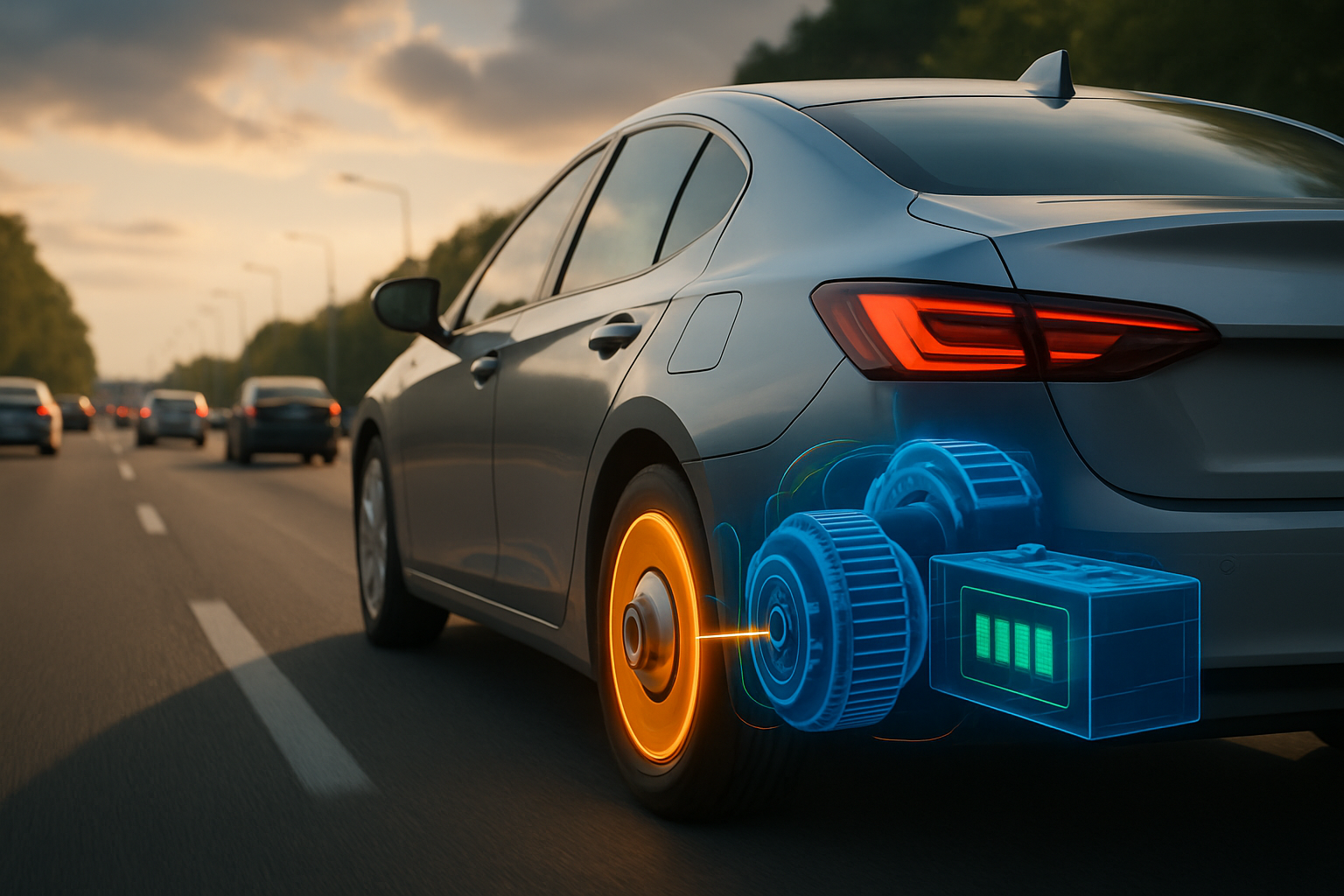Hyundai's Vision for 2026: Electric, Connected, and Innovative
As the automotive industry rapidly evolves, Hyundai is positioning itself at the forefront of innovation and sustainability. Looking ahead to 2026, the South Korean automaker is set to make significant strides in electric vehicle expansion, technological advancements, and connectivity features. This article explores what consumers and industry experts can expect from Hyundai in the coming years, focusing on their ambitious plans for electrification and cutting-edge automotive technology.

What electric vehicle models will Hyundai introduce by 2026?
Hyundai’s commitment to electric vehicles (EVs) is expected to intensify by 2026. The company has already made substantial investments in its EV lineup, with popular models like the IONIQ 5 and Kona Electric. In the next few years, we can anticipate:
-
An expansion of the IONIQ sub-brand, likely introducing larger SUV models and potentially a sedan to complement the existing lineup.
-
New electric models built on Hyundai’s dedicated E-GMP (Electric Global Modular Platform) architecture, offering improved range and performance.
-
Possible introduction of electric versions of existing popular models, following the success of the Kona Electric.
Hyundai’s goal is to become one of the top three EV manufacturers globally, which means we can expect a diverse range of electric vehicles catering to different market segments and price points.
How will Hyundai improve EV charging and infrastructure?
Addressing one of the primary concerns for EV adoption, Hyundai is likely to focus on enhancing charging solutions and infrastructure by 2026. This may include:
-
Partnerships with charging network providers to expand access to fast-charging stations.
-
Development of proprietary charging technologies to reduce charging times and improve convenience.
-
Potential investment in battery swapping technology, especially for commercial vehicles.
-
Collaboration with governments and other automakers to standardize charging protocols and improve the overall charging experience for consumers.
These efforts will be crucial in making EVs more practical for everyday use and long-distance travel, potentially accelerating the transition away from internal combustion engines.
What advancements in autonomous driving can we expect from Hyundai?
Hyundai has been making steady progress in autonomous driving technology, and by 2026, we can anticipate significant advancements in this area:
-
Enhanced Level 2 and Level 3 autonomous driving features, potentially offering hands-free driving on highways and in traffic jams.
-
Improved sensor technology and AI algorithms for more accurate environment perception and decision-making.
-
Possible introduction of limited Level 4 autonomy in specific, geofenced areas or for parking applications.
-
Integration of V2X (Vehicle-to-Everything) communication to enhance safety and traffic management.
While fully autonomous vehicles may still be further in the future, Hyundai is likely to push the boundaries of driver assistance and semi-autonomous features by 2026.
How will Hyundai enhance in-car connectivity and infotainment systems?
Connectivity and infotainment are becoming increasingly important differentiators in the automotive market. By 2026, Hyundai is expected to offer:
-
More advanced voice recognition and natural language processing for seamless interaction with vehicle systems.
-
Expanded over-the-air (OTA) update capabilities, allowing for continuous improvement of vehicle software and features.
-
Integration with smart home devices and digital assistants for a more connected lifestyle.
-
Enhanced personalization options, potentially using biometric data to adjust vehicle settings automatically.
-
Improved augmented reality (AR) displays and head-up displays for navigation and driver information.
These advancements will aim to make the in-car experience more intuitive, personalized, and integrated with users’ digital lives.
What sustainability initiatives will Hyundai implement in its manufacturing?
Hyundai’s commitment to sustainability extends beyond its vehicle lineup. By 2026, we can expect to see:
-
Increased use of recycled and sustainable materials in vehicle production.
-
Implementation of more energy-efficient manufacturing processes and facilities.
-
Expansion of carbon-neutral production goals across global manufacturing sites.
-
Development of circular economy initiatives, such as battery recycling programs for EVs.
-
Potential introduction of hydrogen fuel cell technology in manufacturing and logistics operations.
These initiatives will contribute to reducing Hyundai’s overall environmental impact and align with global efforts to combat climate change.
How will Hyundai’s pricing and model lineup evolve by 2026?
As Hyundai continues to innovate and expand its electric and technology-focused offerings, pricing and model lineups are likely to evolve. Here’s a comparison of potential changes in Hyundai’s lineup:
| Vehicle Segment | Current Lineup | Projected 2026 Lineup | Estimated Price Range |
|---|---|---|---|
| Compact EV | IONIQ 5 | IONIQ 5, New Compact EV | $40,000 - $55,000 |
| Midsize EV | - | New IONIQ Sedan | $45,000 - $60,000 |
| Electric SUV | Kona Electric | Kona Electric, New Larger EV SUV | $35,000 - $65,000 |
| Hydrogen FCEV | NEXO | Next-gen NEXO, Possible FCEV SUV | $60,000 - $80,000 |
| ICE Vehicles | Various models | Reduced ICE lineup, more hybrid options | $20,000 - $45,000 |
Prices, rates, or cost estimates mentioned in this article are based on the latest available information but may change over time. Independent research is advised before making financial decisions.
In conclusion, Hyundai’s vision for 2026 is centered around electric mobility, advanced technology, and sustainable innovation. With a focus on expanding its electric vehicle lineup, enhancing autonomous driving capabilities, and improving connectivity features, Hyundai aims to solidify its position as a leader in the automotive industry. As these developments unfold, consumers can look forward to a range of exciting new vehicles and technologies that promise to redefine the driving experience.




